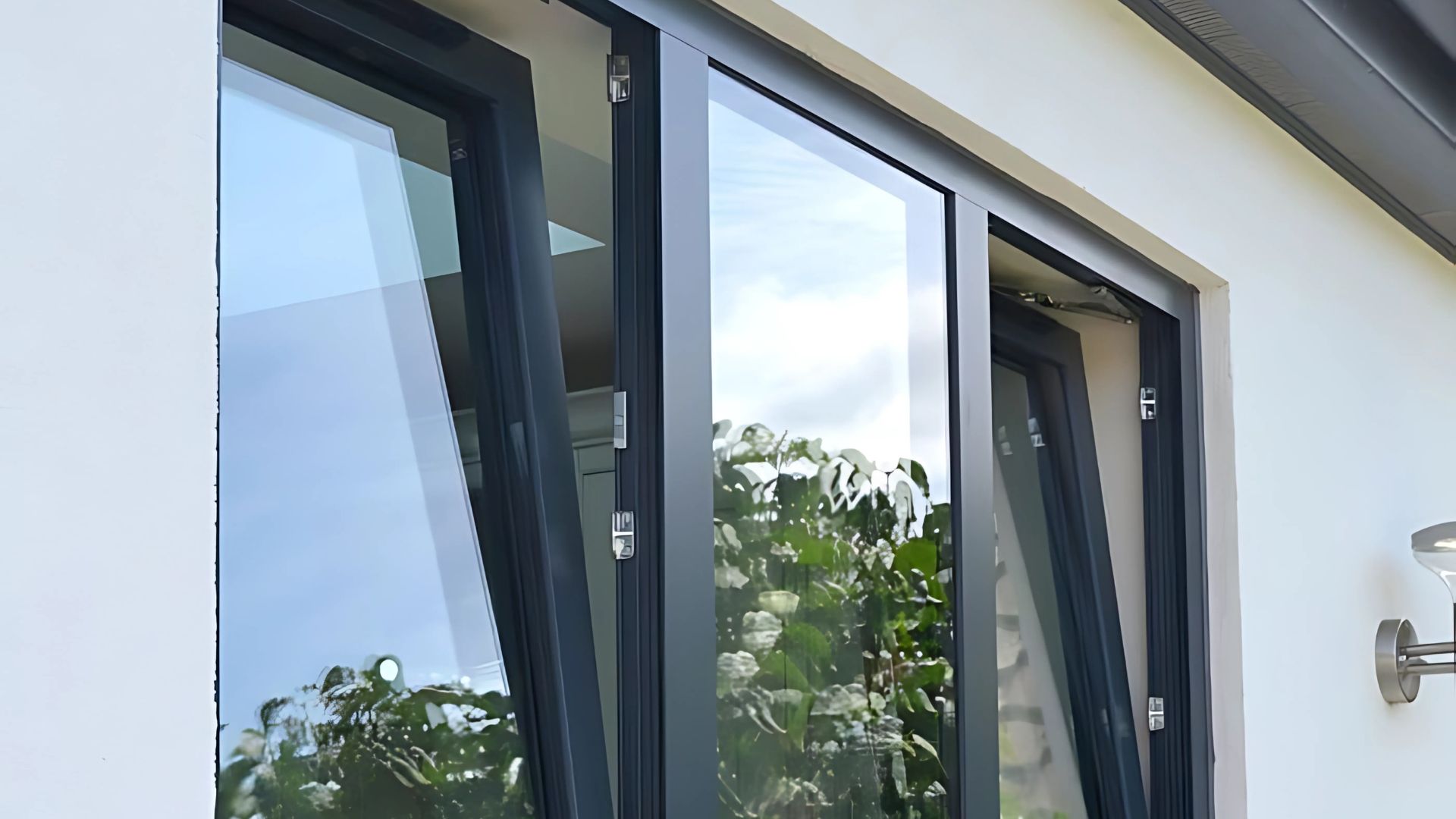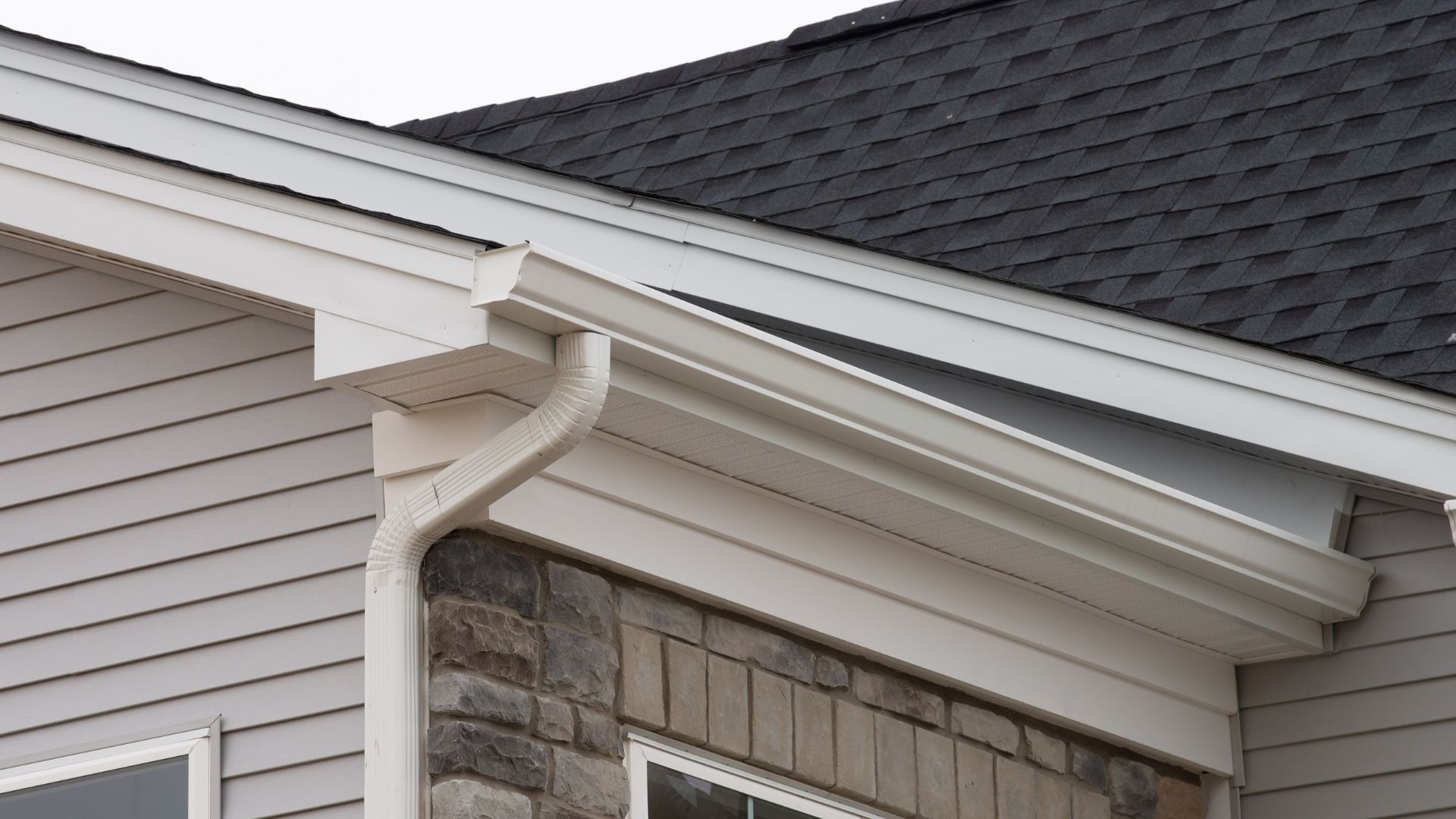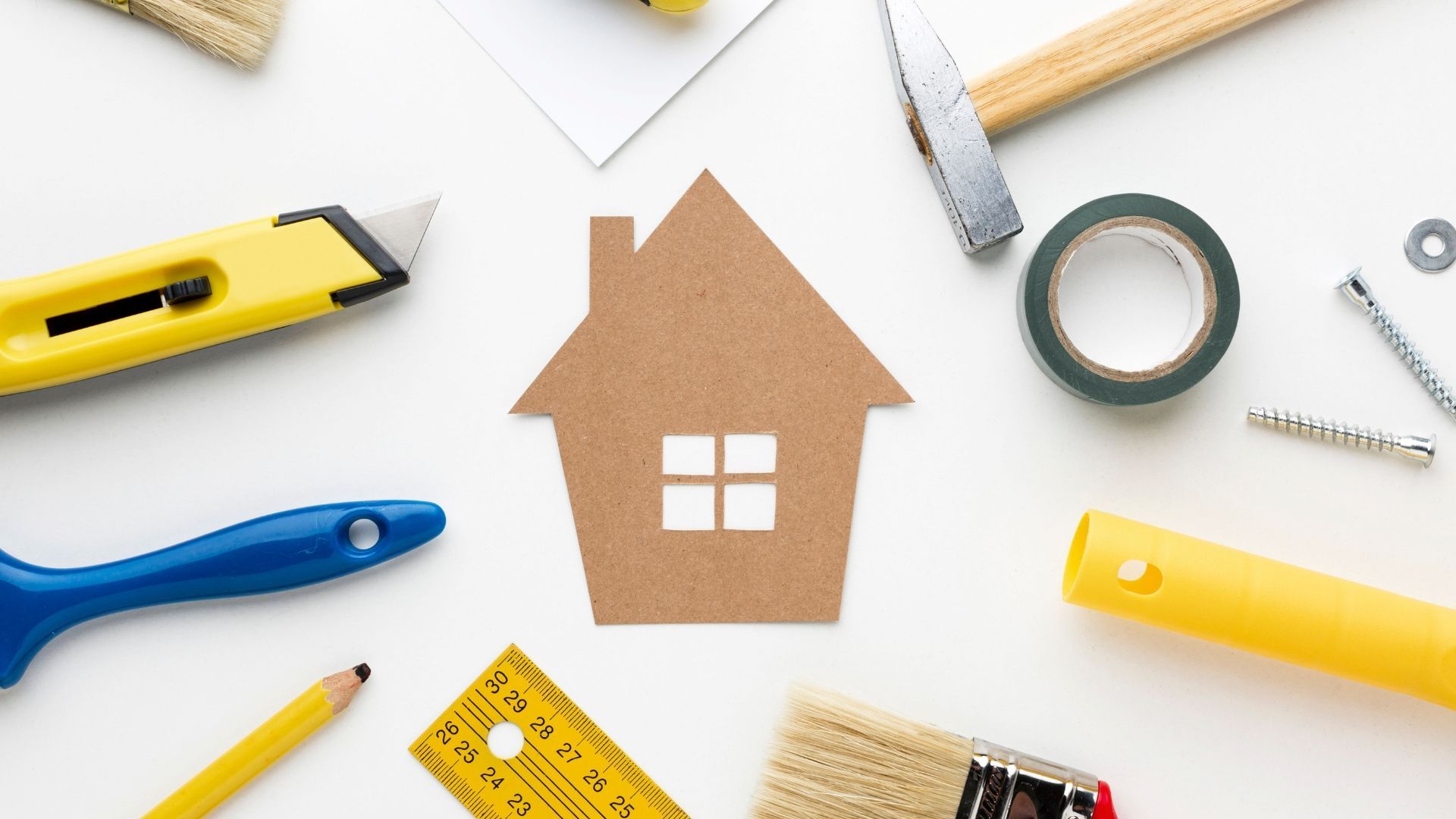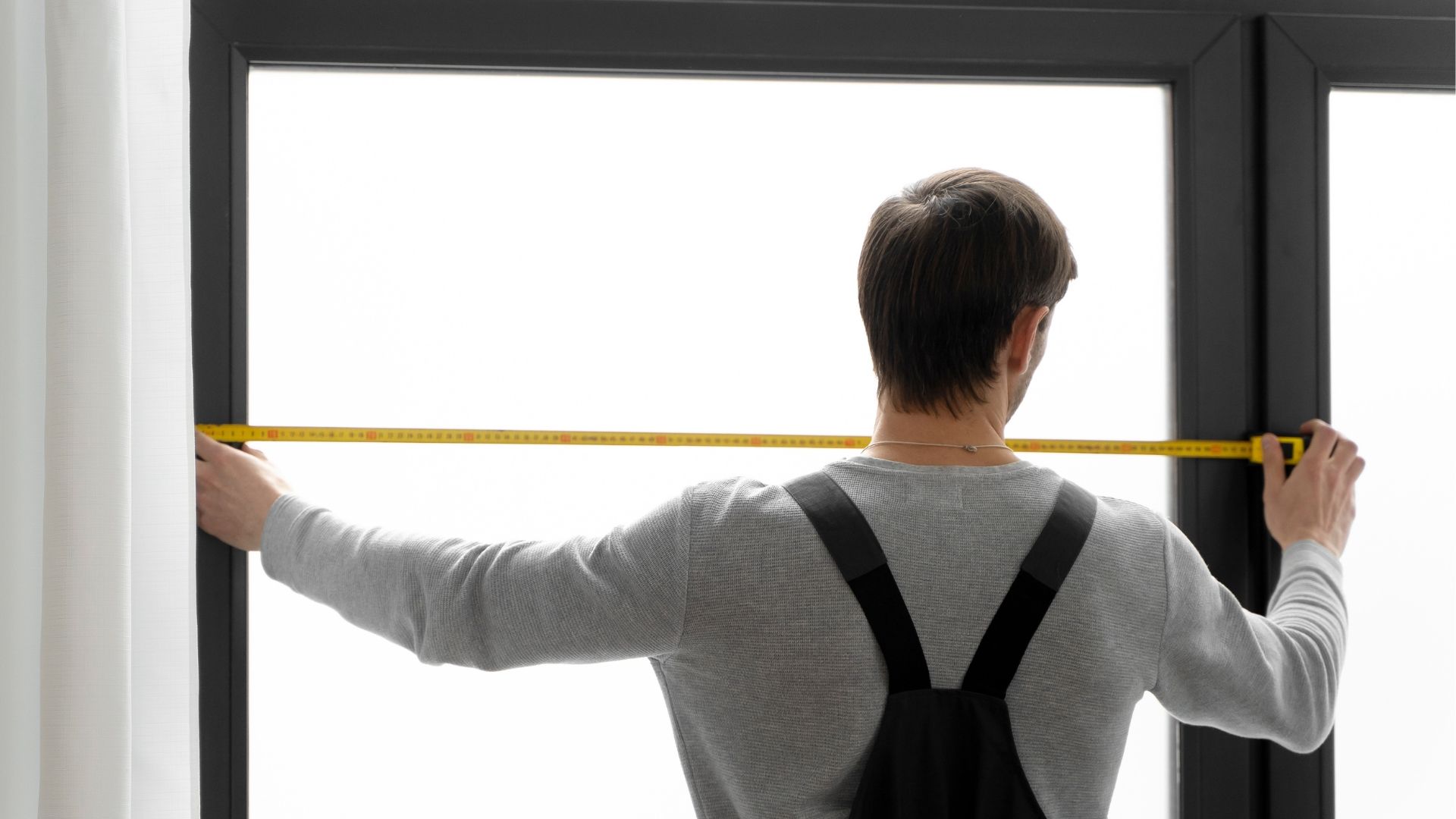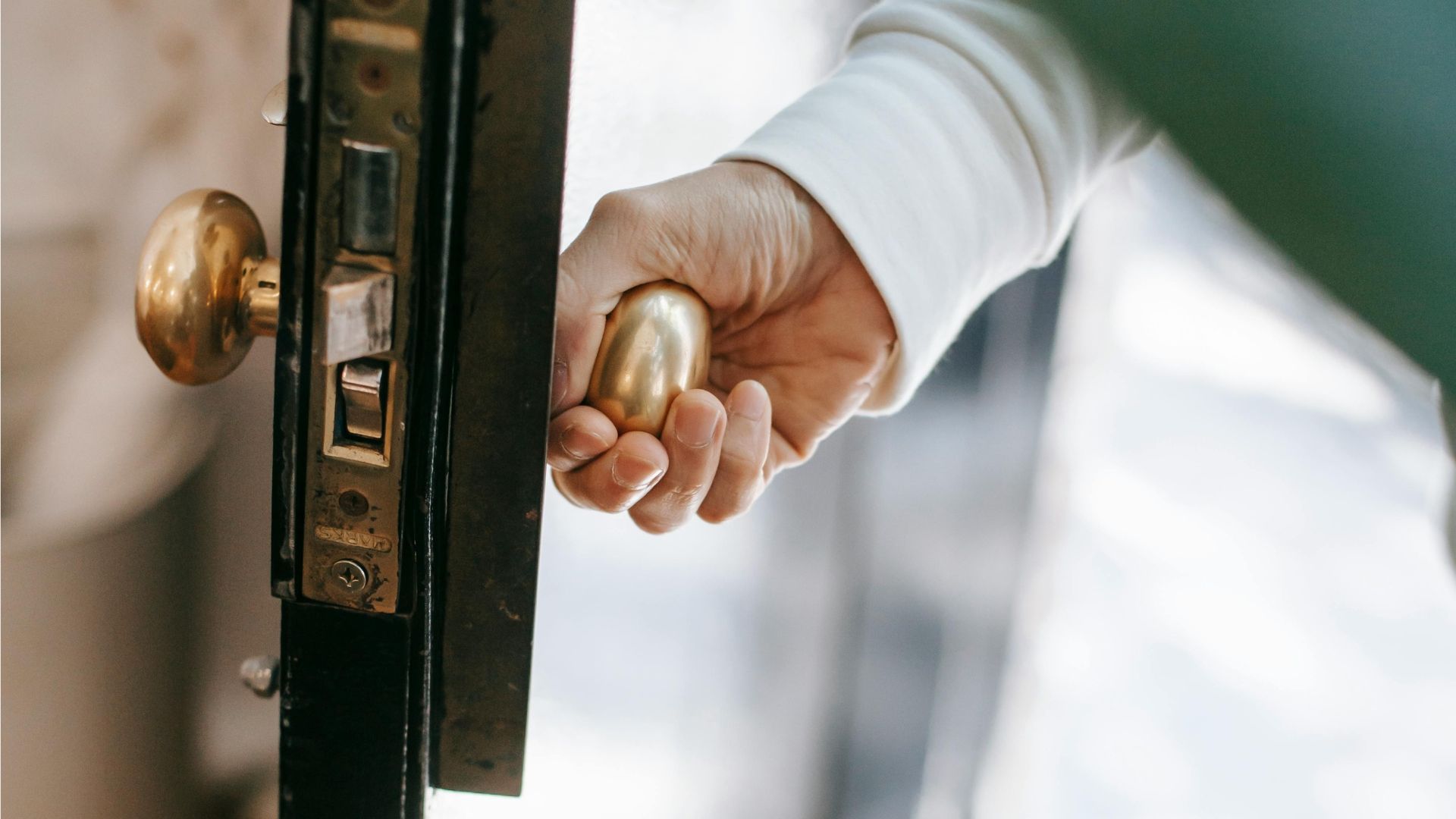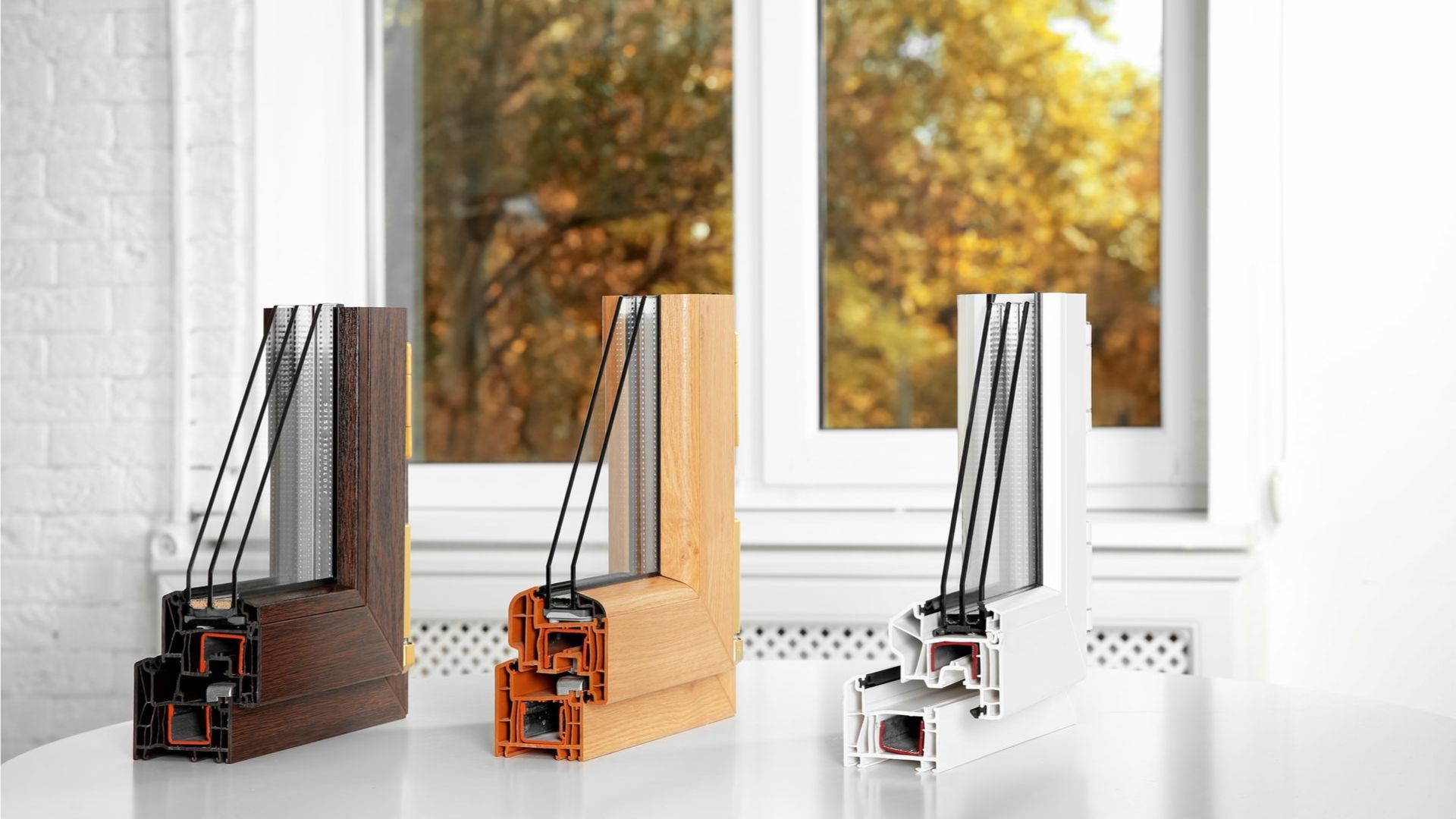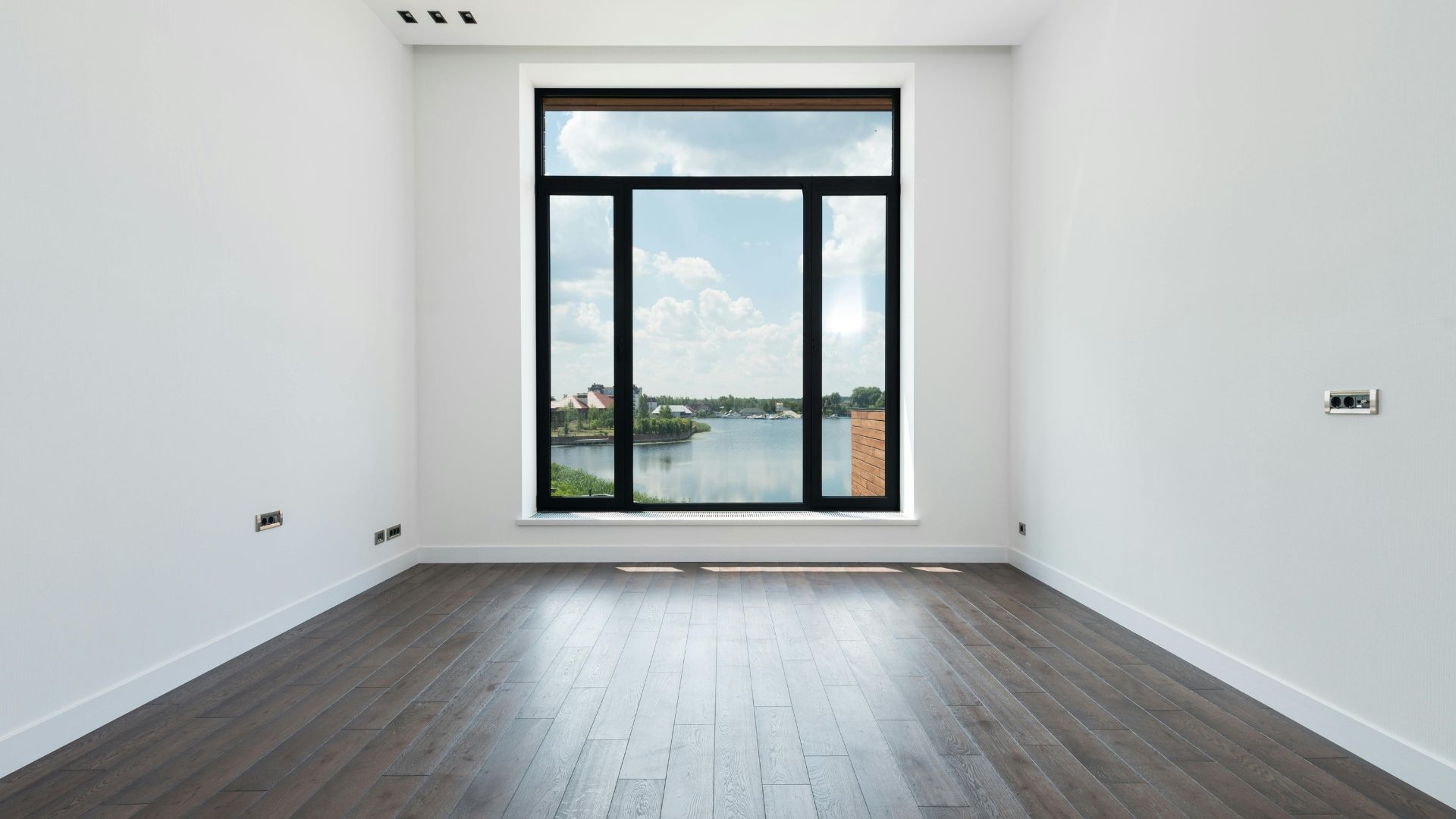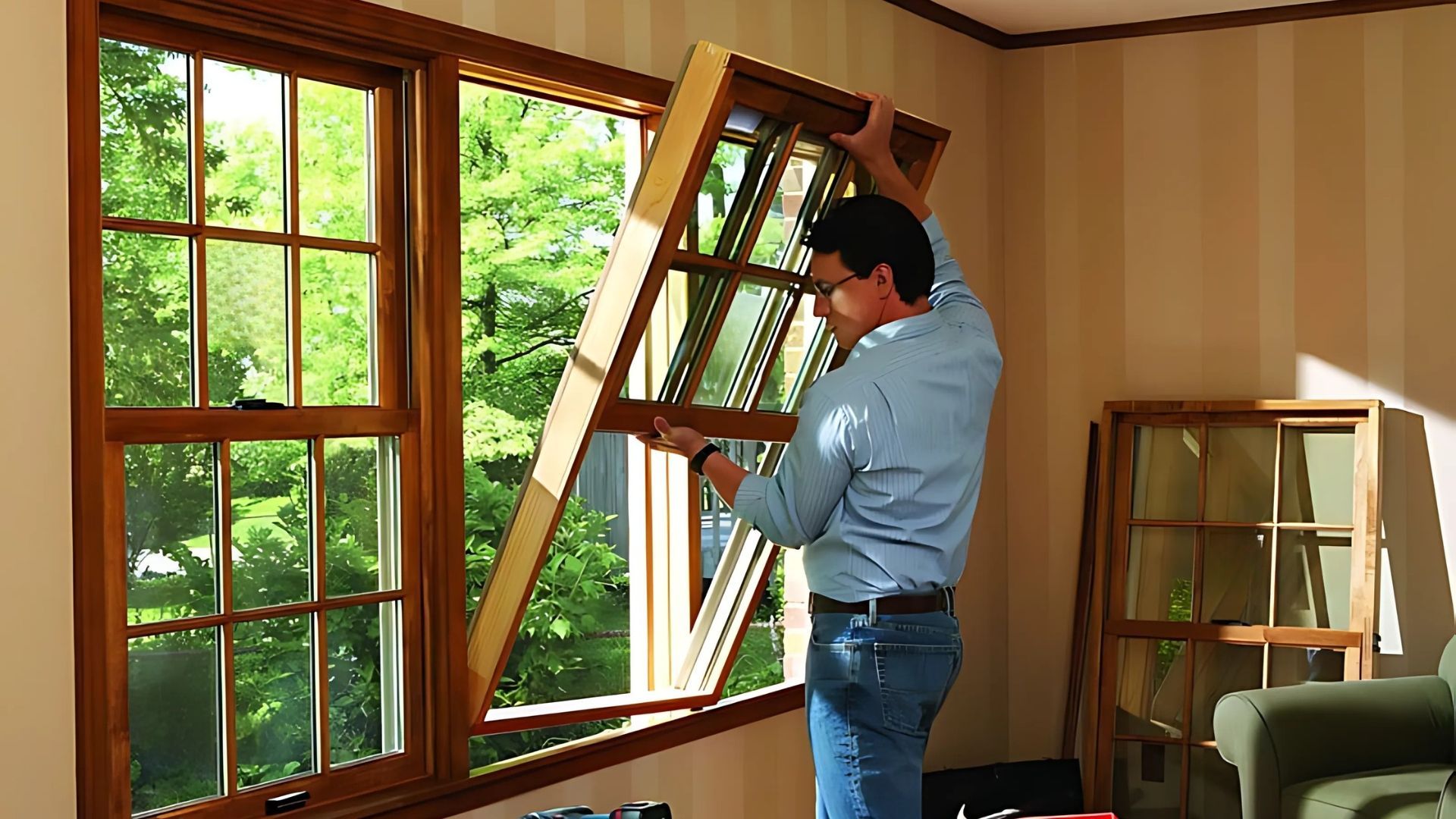Think of a conservatory and you'll probably picture a Victorian style. But conservatories have been around for centuries. Join us as we explore their history.
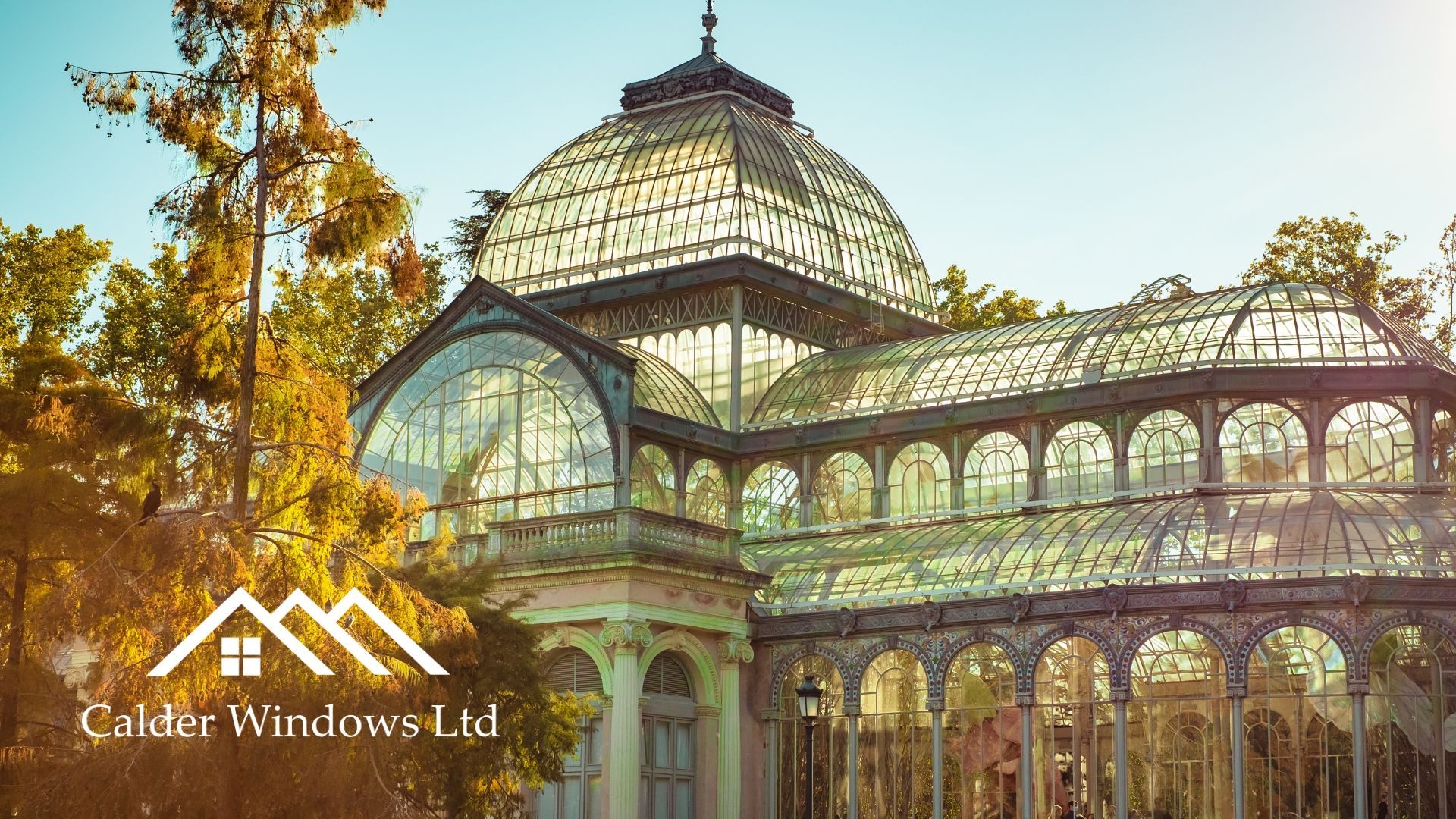
These days, conservatories make an elegant addition to any garden. They're great spaces to entertain friends and family or just chill out and watch the birds. And it doesn't hurt that they can add to the market value of a property too.
Conservatories have been around for a long, long time – but not in exactly the form you find them today. At the time of writing, a conservatory has to have glazing on at least half of its side wall and three-quarters of its roof to legally qualify.
But it wasn't always thus. We've come a long way since the earliest conservatories but one thing is constant: they've always been about adding a touch of class.
The earliest conservatories
In the 21st century, conservatories are for people and greenhouses are for plants. But this distinction is relatively recent. From the 16th century on, Britons have used conservatories for entertaining
and growing.
However, they began life as rudimentary tools for growing exotic plants in otherwise inhospitable climes.
In the Roman times, Pliny the Elder reports, vegetable beds were mounted on wheels. In hot weather, they were moved out into the sun, and in winter, withdrawn under stone-glazed frames. None other than Emperor Tiberius Caesar was a big fan of the cucumbers and melons grown in this way.
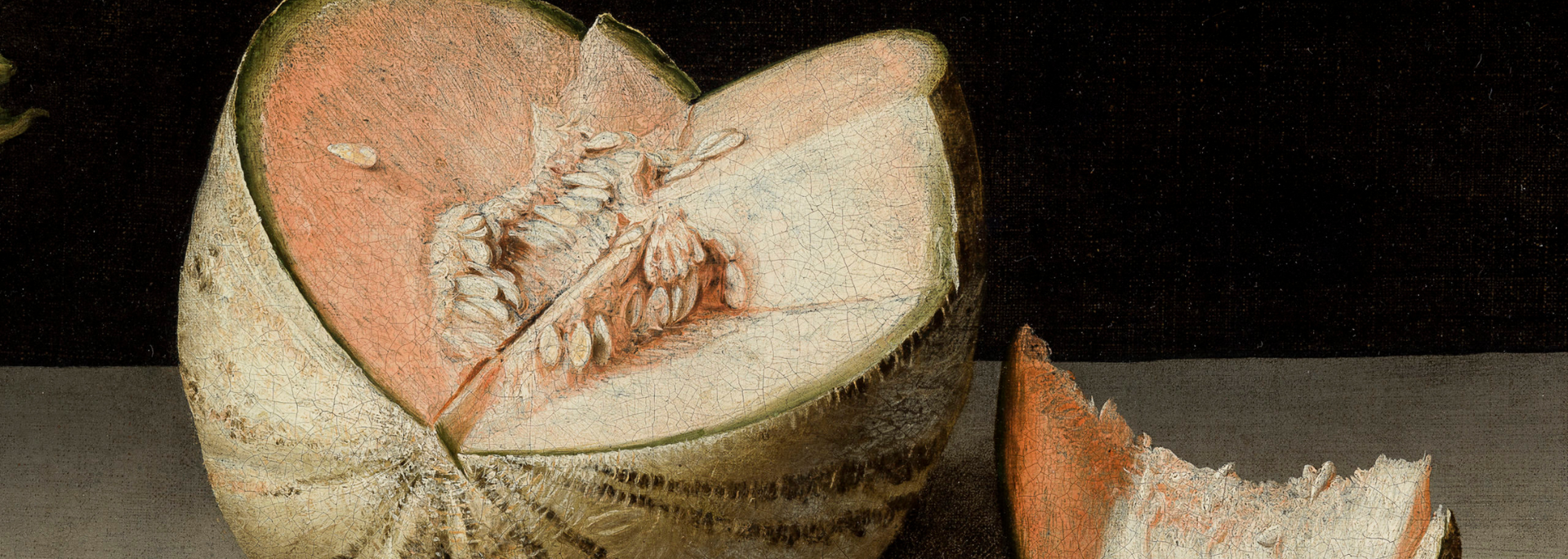
This technology existed in Roman Britain – but conservatory buildings only started to be built in the 16th century.
At this time, traders were bringing lemons and oranges to Britain for the first time. They were highly prized as status symbols – as well as for their flavour and purported health benefits.
Britons faced a challenge, though. How could you grow these zesty additions to your fruit bowl in cold, drizzly Britain?
The answer was to build special-purpose buildings that would shield the delicate plants from bad weather. These were known as "orangeries" and were typically made out of wood, brick or stone with big, south-facing windows.
Right from the start, these Renaissance conservatories were used to entertain as well as grow plants – and, like today, were a way of demonstrating wealth and taste.
18th century
The story of conservatories is bound up with technological advances. In the 18th century, a Dutch scientist found that sloping glass brought in more light than tall picture windows. Today, what would a conservatory be without a sloping roof?
At around the same time, conservatories became outbuildings in the country homes of the upper classes.
19th century
The 19th century was the undisputed golden age of conservatories. There was a mania for gardening, with exotic plants arriving from all over the globe. At the same time, advances in glass manufacture gave rise to the classic iron-and-glass look.
This was also the age of large greenhouses and glass structures – at Kew Gardens, Crystal Palace and the Great Conservatory at Chatsworth, to take just three examples.

The Great Conservatory was a symbol of Victorian imperial splendour. Queen Victoria herself described it as "the most stupendous and extraordinary creation imaginable". It was a huge, tent-shaped construction that cost over £30,000 to build and required eight boilers and seven miles of iron piping to heat.
These fantastical constructions gave a huge boost to the glasshouse and conservatory industries. Consumers began to buy off-the-shelf models from manufacturers like Gray, Ormson and Brown, Foster and Pearson, J. Weeks, Boulton and Paul, and Messenger & Co.
20th century
The early 1900s saw the introduction of roof glazing. This was partly in response to the arrival of pineapples from South America and grapes from the Mediterranean.
The question was the same one asked by engineers in the 16th century: how can we maximise heat and light to grow these exotic plants?
Heating also came on in leaps and bounds, with hot air flues, steam and piped hot water providing an early version of central heating. This made conservatories warmer and more humid than ever before.
However, conservatory fever started to die down with the destruction of the First World War and the following economic depression. People simply had less money to spend. Garden staff got the sack and many conservatories were scrapped to cut costs.
Even the Great Conservatory was demolished in 1920. The golden age of conservatories was over.
The 1970s
Things took a turn in the 1970s when architects and builders started to revisit the classic Victorian look. Now, however, they were able to build conservatories using insulated glass.
Today's conservatories use aluminium, uPVC and timber as well as energy-efficient glass and other technological advances. Glazing can now be impregnated with argon for better thermal efficiency or "self-tinting" to store up heat for the evening. Conservatories can now be fitted with patio or even bi-folding doors.
Despite these changes, however, the Victorian conservatory is still the model. Think of a conservatory and you'll probably picture an ornate structure that mimics the iron-framed extensions of yore.
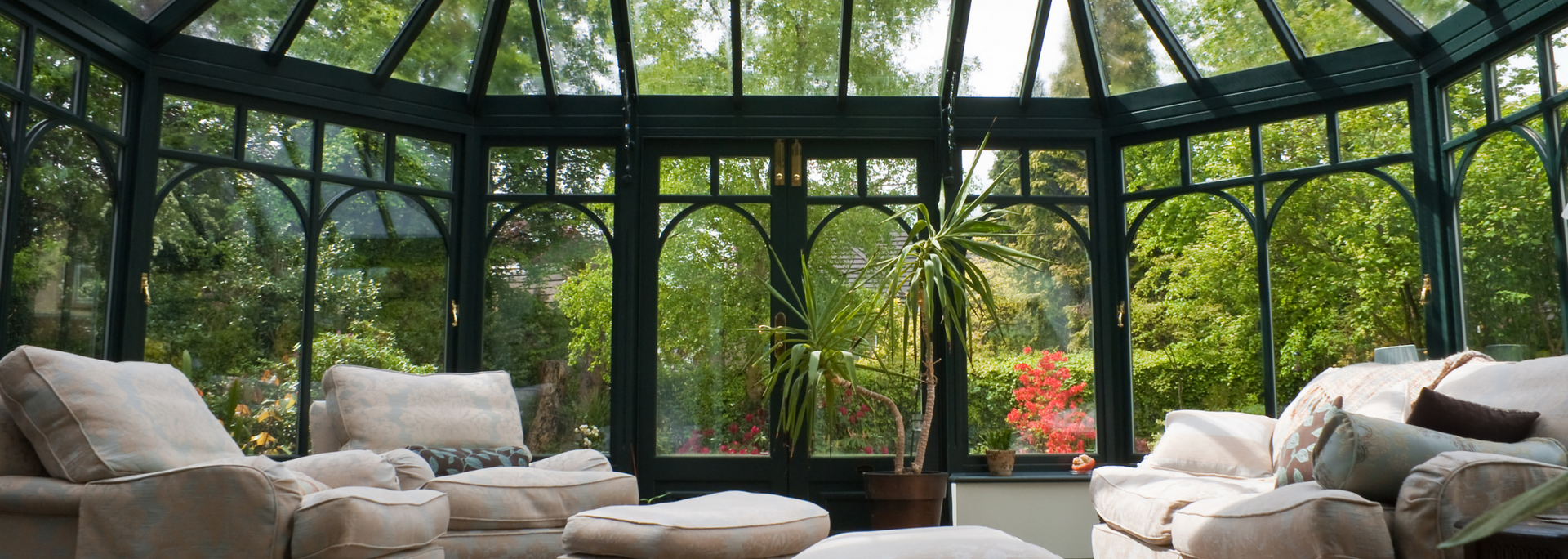
Perhaps the biggest difference is how they're used. Today, the greenhouse is where you grow your exotic plants and the conservatory is where you relax. This would be news to the Victorians, who would frequently entertain in their conservatories.
In
fiction and art, indeed, "the conservatory often features as a place for conversations about marriage and affairs of the heart". Take James Tissot's 1875 painting
In the Conservatory, "where there appears to be some unchaperoned flirting going on amongst the lush palm trees".
But however they're used, conservatories remain an elegant addition to any home.
About our conservatories
At Calder Windows, we've been building conservatories for decades. We install Victorian-style conservatories, orangeries, lean-to conservatories and lantern roofs.
All our glass products come with a 10-year warranty and we source high-quality, thermally efficient materials as standard.
So if you're looking for a trusted
conservatory installer in West Yorkshire, we'd love to hear from you.
Get in touch today for a free, no-obligation quote.
Get a FREE quote
Are you on the lookout for uPVC window fitters in Wakefield or West Yorkshire? With over 30 years' experience and an extensive range of uPVC windows, we can help. Request a quote today or apply for finance and spread the cost.
*Some models differ in warranty.

Opening Hours
08:30 - 16:30 Monday - Friday
09:30 - 12:30 Saturday
Sunday - By appointment only
Evening appointments available on request
Main Office
Calder Windows, 71 High Street
Normanton, West Yorkshire WF6 2AF
Sign up to our newsletter
Thanks for signing up!
Please try again later.
All Rights Reserved | Calder Windows
